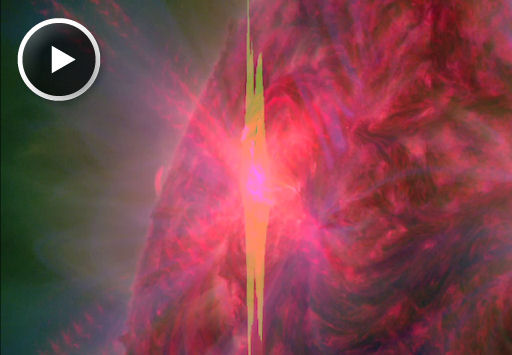On January 31, 2012, Eros will pass the Earth at 0.17867 with a visual magnitude of
8.1 , Eros was discovered in 1898, and the first asteroid to be orbited by a probe (Near Schomacker) in the year 2000 and on February 12, 2001, at the end of its mission, it landed on the asteroid's surface using its maneuvering jets.
 |
| When NEAR Shoemaker made its controlled descent to the surface of Eros on February 12, 2001. The image shows the touchdown site (yellow circle) on the edge of the saddle-shaped feature Himeros. credit: NASA/The Johns Hopkins University Applied Physics Laboratory |
It is unique in being one of the few asteroids that actually crosses the orbit of Mars. The asteroid is named after Eros the God of love and the son of Mars and Venus in Greek and Roman mythology. The official name of the asteroid is 433 Eros Asteroid.
Eros asteroid has dimensions of 34.4 by 11.2 by 11.2 km and a mean diameter of 16.84 km. The mass of the asteroid is 6.69 X 10^15 kg.
Final Images from Near Shoemaker.
 |
| credit: NASA/The Johns Hopkins University Applied Physics Laboratory |

















